Seoul seeks gradual rollout of $350b investment plan to ease pressure on won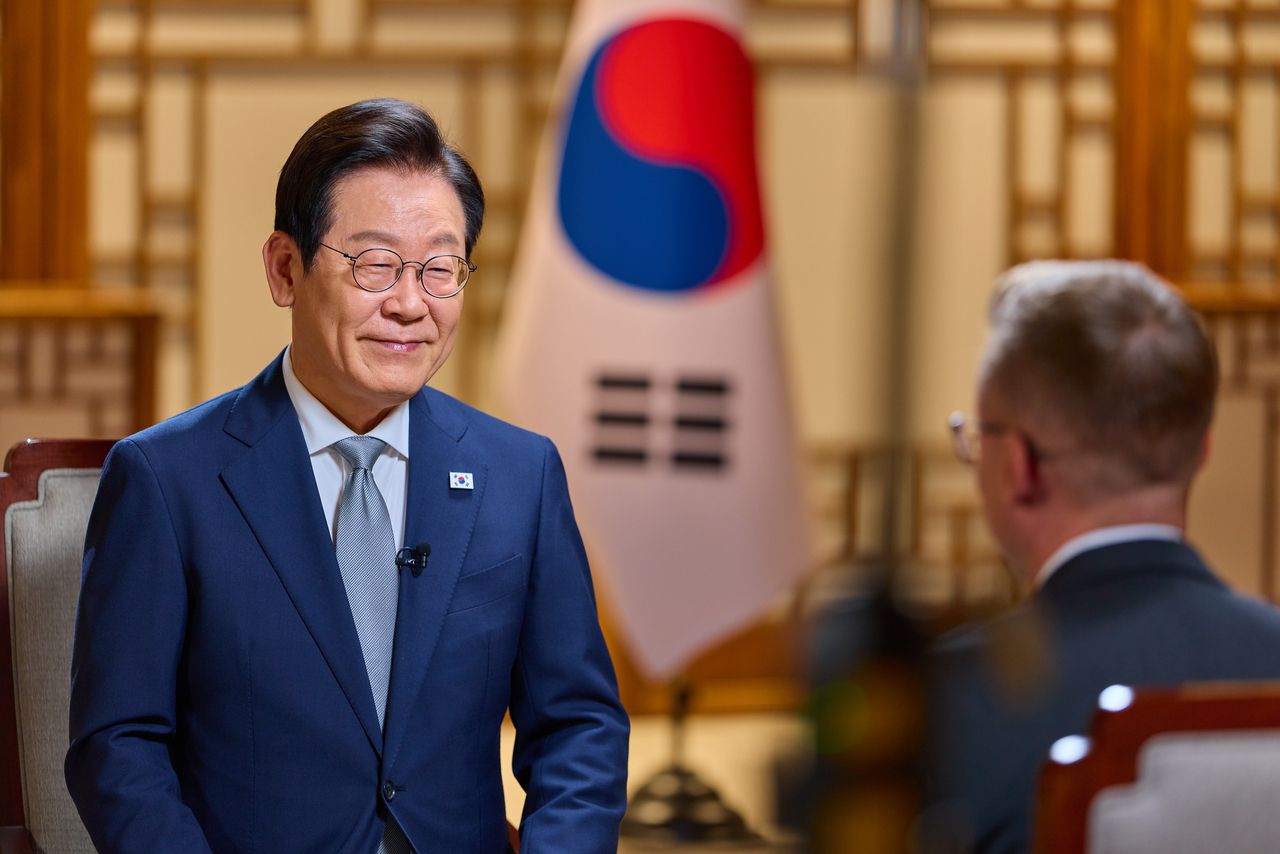 President Lee Jae Myung said he trusts in the “rationality” of the United States as South Korea and Washington seek to wrap up months of negotiations over a $350 billion investment package and related tariff talks before next week’s APEC summit in Korea.
President Lee Jae Myung said he trusts in the “rationality” of the United States as South Korea and Washington seek to wrap up months of negotiations over a $350 billion investment package and related tariff talks before next week’s APEC summit in Korea.
“I believe it is taking some time,” Lee said in an interview with CNN aired Thursday. “I also believe in the rationality of the United States, and so I believe that we will be able to reach a rational agreement.”
Lee expressed confidence that the decades-old alliance between the two nations would guide them toward compromise. “We are an alliance, and we both have common sense and rationality,” he said.
His remarks came as both governments intensified last-minute discussions in Washington, seen as the final hurdle before a deal that could lower US tariffs on most imported Korean goods — including autos — from 25 percent to 15 percent.
Presidential policy chief Kim Yong-beom and Industry Minister Kim Jung-kwan met with US Commerce Secretary Howard Lutnick at the Commerce Department on Wednesday (local time) for a two-hour session, according to officials in Seoul.
“We had extensive discussions on a few remaining issues,” Kim told reporters afterward. “There has been some progress.”
It was the second meeting in less than a week. The Korean delegation last met Lutnick on Oct. 16 for more than four hours, when both sides reached a broad framework but left key points unresolved.
Before the latest talks, Kim said Seoul’s approach to extending the investment period “must proceed within a range we can manage, and the shock to our foreign-exchange market must not be excessive — all of these are interconnected.”
At the center of the negotiations are the composition and timing of Seoul’s commitment. Korea wants to reduce the portion of direct investment and spread out the payments over time through loans and guarantees, while Washington has pushed for a larger up-front cash injection within President Trump’s second term.
According to sources, the two governments are discussing a plan under which South Korea would invest $25 billion annually over eight years, totaling $200 billion, as part of its $350 billion commitment to the US, while converting the remaining $150 billion into guarantees.
The scale of the pledge is immense — equivalent to about 84 percent of Korea’s foreign-exchange reserves, 330 percent of its annual current account surplus and nearly one-fifth of its nominal GDP.
Seoul worries that such a large and rapid rollout could drain liquidity and pressure the won, which earlier this year hit its weakest level since 2009.
Referring to the Bank of Korea’s estimate that annual outflows of $15 billion to $20 billion are the most the country can sustain without FX instability, Kim added, “Both sides, along with relevant institutions, are reviewing their analyses and continuing discussions.”
Finance Minister Koo Yun-cheol said in a separate Bloomberg TV interview that “South Korea and the US are focusing on the structure of the investment rather than a currency swap.”
“Whether a currency swap is needed — and to what extent — will depend entirely on how the deal is structured,” he said. “It may not be necessary at all, or it could be arranged on a smaller scale.”
Koo added that “much of the recent depreciation reflects market concern that the deal hasn’t been finalized. Once the tariff issue is resolved, that uncertainty will likely fade.” The won weakened to around 1,440 per dollar, its lowest in nearly six months, reflecting market jitters over the unresolved US tariff talks.
In preparation for the investment program, the government said on Wednesday that it has begun issuing foreign-exchange stabilization bonds denominated in dollars and yen. The Finance Ministry said it issued $1 billion in five-year US dollar bonds and yen-denominated bonds worth $700 million.
Officials noted that such bonds are one of the few available tools for securing dollar liquidity, though each sale adds to the national debt, which already stands at nearly half of GDP.
Negotiators aim to complete the agreement before the APEC summit in Gyeongju next week, where Lee and Trump are expected to hold bilateral talks. The meeting could shape Korea-US trade relations for years and signal Seoul’s role in stabilizing regional supply chains amid rising protectionism.
Lee last met Trump in the Oval Office in August and again with US Treasury Secretary Scott Bessent in September on the sidelines of the UN General Assembly in New York.
- 2 NK soldiers briefly cross MDL to apparently chase defecting soldier: sources
- Hybe partners with LAFC
- N. Korea breaks ground on memorial museum for its troops killed in Russia’s war with Ukraine
- Seoul shares open sharply higher on eased US-China tensions
- Lee says ‘carefully’ reviewing impact on financial markets during US tariff talks


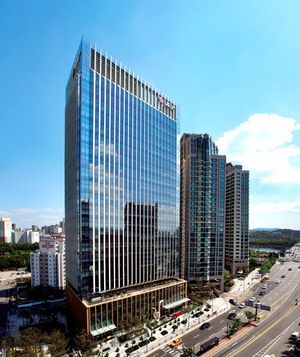
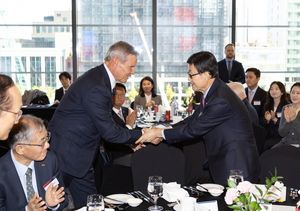
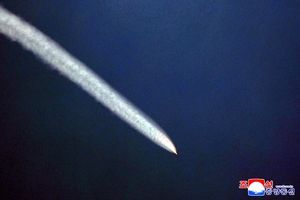
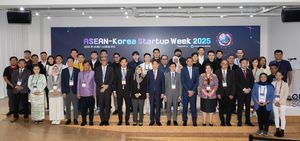
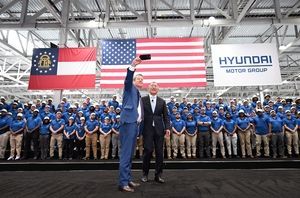



Most Commented